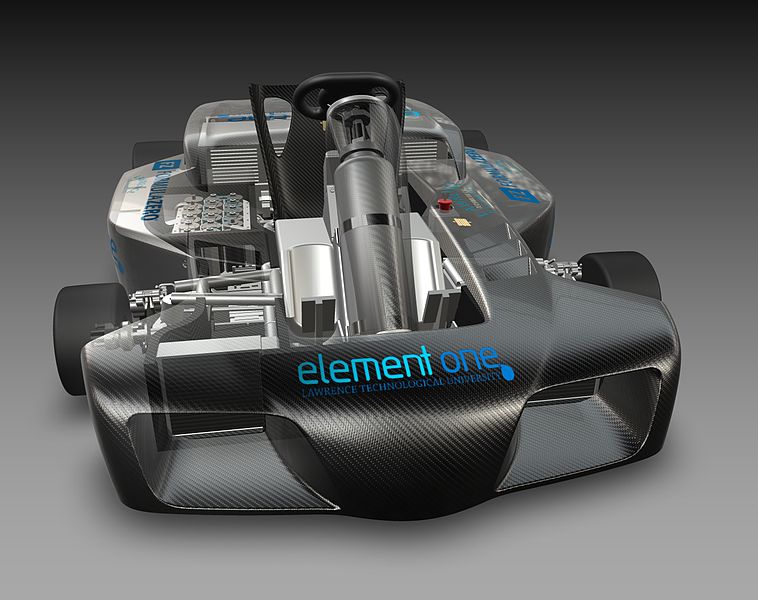 Well, Fuel cells are an important technology for a potentially wide variety of applications including
Well, Fuel cells are an important technology for a potentially wide variety of applications including micropower, auxiliary power, transportation power, stationary power for buildings and other
distributed generation applications, and central power. But let's have a brief description of how they work ... =D
Fuel cells are electrochemical devices that convert the chemical energy of a reaction directly into electrical energy.

The basic physical structure or building block of a fuel cell consists of an electrolyte layer in contact with a porous anode (negative electrode) and cathode (positive electrode) on either side.
In a typical fuel cell, gaseous fuels are fed continuously to the anode compartment and an oxidant is fed continuously to the cathode compartment; the electrochemical reactions take place at the electrodes to produce an electric current.
A fuel cell, although having components and characteristics similar to those of a typical battery, differs in several respects. The battery is an energy storage device. The maximum energy available is determined by the amount of chemical reactant stored within the battery itself. The battery will cease to produce electrical energy when the chemical reactants are consumed (i.e., discharged). In a secondary battery, the reactants are regenerated by recharging, which involves putting energy into the battery from an external source. The fuel cell, on the other hand, is an energy conversion device that theoretically has the capability of producing electrical energy for as long as the fuel and oxidant are supplied to the electrodes.
Gaseous hydrogen has become the fuel of choice for most applications, because of its high reactivity when suitable catalysts are used, its ability to be produced from hydrocarbons for terrestrial applications, and its high energy density when stored cryogenically for closed environment applications, such as in space.
Similarly, the most common oxidant is gaseous oxygen, which is readily and economically available from air for terrestrial applications, and again easily stored in a closed environment.
According to the U.S. Department of Energy, fuel cells are generally between 40–60% energy efficient. This is higher than some other systems for energy generation. For example, the typical internal combustion engine of a car is about 25% energy efficient.
More in the next article.. =)
Source [Fuel Cell Handbook 5th edition]
No comments:
Post a Comment